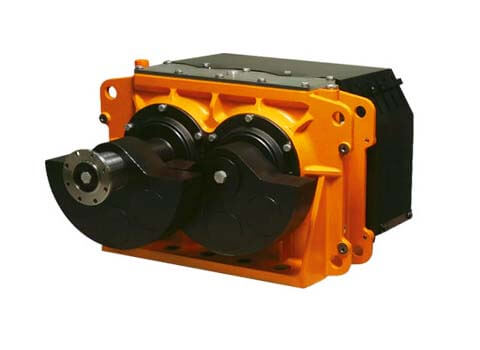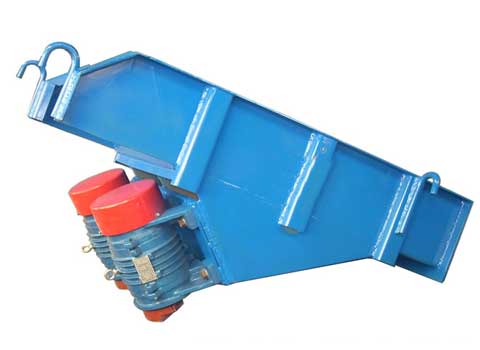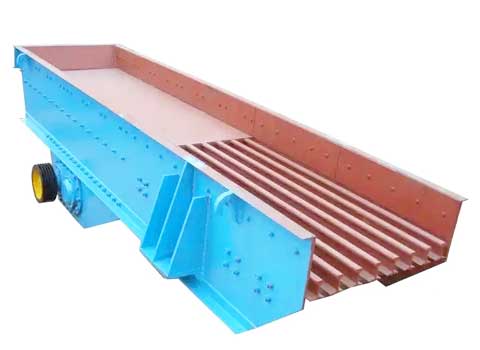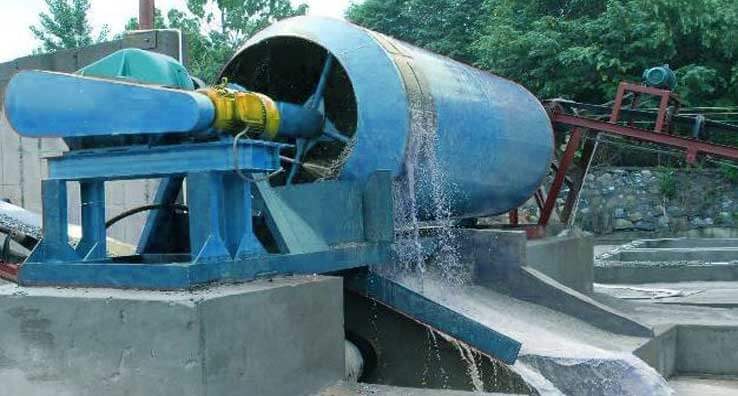
The drum scrubbers are widely used in construction sites with high quality requirements and slag removal before ore smelting. Compared with the previous spiral stone washer, it has the advantages of large feeding size, good cleaning effect, thorough water and stone separation, energy saving, noise reduction, production improvement and more convenient maintenance. After washing, the mud content of finished products is less than 0.5%, and the water content is less than 2%. In the case of processing the same raw materials, one-third of the power consumption can be saved, the cost is reduced, the output is increased, and the benefit is increased. There are two types of drum washing machines: one is the central shaft drive and the other is the edge gear drive.
The above picture shows the installation site of drum washing machine production line designed by our company, which is mainly used for washing the river pebble materials. According to the user’s demand, the output of 150 tons per hour should be processed, so the central shaft drive roller stone washer should be used. The whole processing plant is equipped with crushers, conveyors, sieving machines, drum washing machines and auxiliary equipment.
The materials from drum stone washer enter the screening machine for screening of different specifications, which is highly integrated. Except for the finished material pile and belt conveyor, all the systems are integrated into one integral frame, which not only ensures the integrity of equipment, but also maintains proper maintenance and inspection space. The high degree of integrity makes it easy to store or transfer on the construction site, convenient and safe.
The drum scrubber in this customer site is used to clean the river pebble and sediment mixture, and the finished product is needed to divided into: 0.5-1cm, 1-2cm, 2-3cm, 3-4cm. The cleaning cylinder of drum washing machine is supported by four tugs, the motor drives the reducer, and the large and small gears drive the cleaning cylinder to rotate at a low speed. The aggregate containing some mud and stone powder enters the rotating drum from feeding port, and the wear-resistant rubber lining plate installed with a certain angle in the cleaning drum continuously brings the falling, and repeated several times during the movement from the feeding end to discharging end, and is washed by the flushing water in the forward or reverse direction, and the cleaned aggregate is discharged through the discharge end cylinder sieve and dehydrated. The wastewater containing sludge is discharged through a perforated baffle at the discharge or feed end.
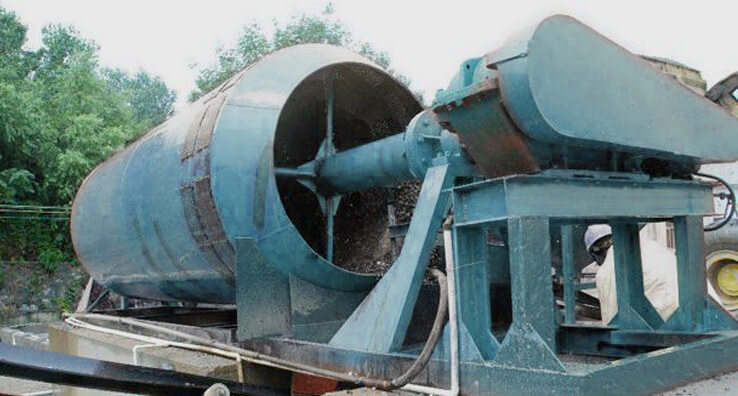
Operating procedures
1. Firstly rotating the rotor by hand before drum scrubber starting to check whether there are any abnormalities in the various parts of the machine.
2. The user should operate after installing protective equipment on the V-belt according to the specific conditions on site.
3. It is not allowed to carry out repairs and cleaning work during operation, and strictly forbidden to start maintenance.
4. Do not add stones to the stone washing machine that exceed the specified size. The machine should be rotated in a fixed direction and must not be rotated in the opposite direction.
5. When the stone washer is running, if abnormal vibration or noise is found, stop feeding immediately. After the material in the box is exhausted, stop the motor immediately, stop the inspection, and remove the fault before continuing operation.
The drum scrubber is the latest product developed, which is a new generation of practical products that have been redesigned, manufactured, tested and successfully developed on the basis of traditional stone washing equipment, with energy saving, high efficiency and low maintenance rate. The equipment has been put into use in national key projects and has been highly recognized by the engineering construction unit.




